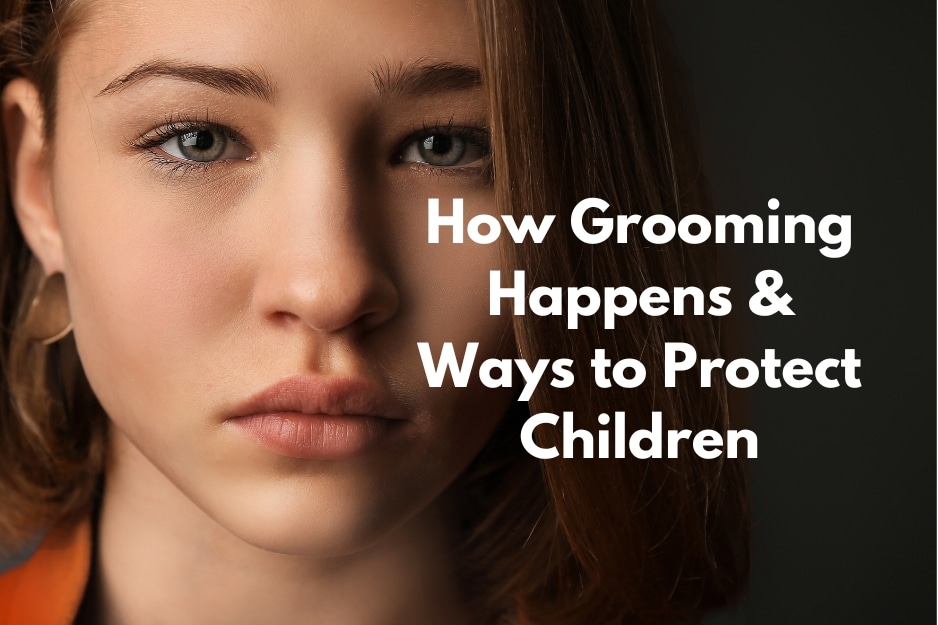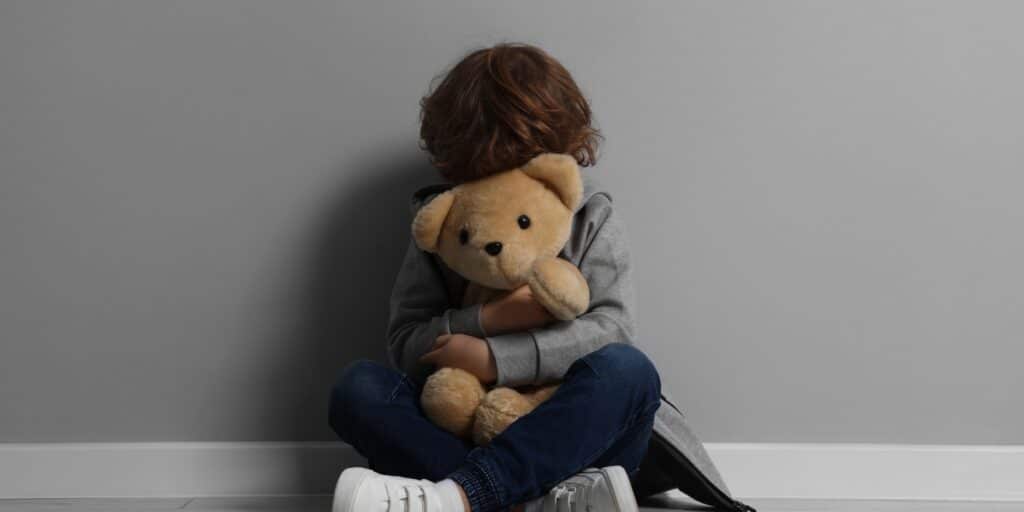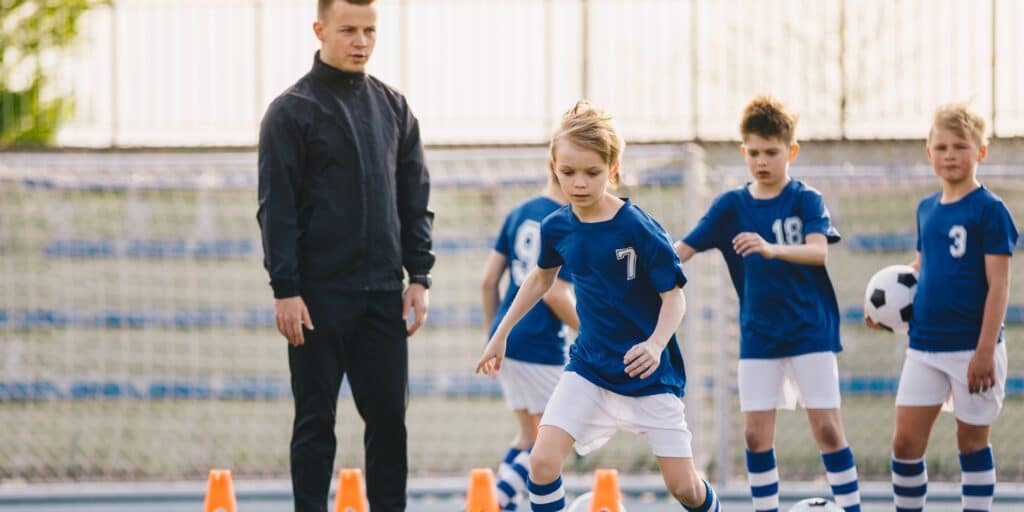
How Grooming Happens & Ways to Protect Children
Grooming involves using persuasion and manipulation. If you’re experiencing the pain of child sexual abuse, it’s important to know that you’re not alone. There are many reasons why these experiences often go unnoticed or unspoken. Please consider reaching out to a trauma-informed therapist who can offer you a safe space to process your feelings and begin your healing journey.
It is important to remember that those who harm children are often individuals familiar with and trusted by them, like healthcare professionals, teachers, school bus drivers, or clergy members.
These individuals may not always resort to physical force. Instead, they might use methods such as play, deception, threats, or other forms of manipulation to involve children and keep them from speaking out.
Our focus should be on creating safer environments and supporting any child who may find themselves in such a difficult situation.
What is Grooming? Key Warning Signs Explained
Grooming is a deliberate and methodical process where an abuser builds trust with a child—and often their family—to facilitate sexual exploitation. It frequently begins with identifying susceptible children who may have certain vulnerabilities, such as low self-esteem, loneliness, or lack of attention at home.
It can include giving gifts or planning special activities to confuse the child. Abusers might also try to make inappropriate touching seem normal or isolate the child from family and friends.
This slowly breaks down any barriers the child might have against inappropriate behavior.
How Grooming Works and How to Recognize It
One of the most insidious aspects of grooming is how normal it can appear to outsiders. Abusers are adept at presenting themselves as caring figures in the child’s life—sometimes even acting as mentors or friends.
They may integrate themselves into community groups such as schools or sports teams where they have easy access to potential victims. By creating an environment that appears supportive and safe, they effectively mask their true intentions not only from their victims but also from those around them.
As grooming progresses, abusers often escalate their tactics in subtle ways that might not initially raise red flags. This could include introducing sexual content in conversations under the guise of education or jokingly testing boundaries with a physical touch that’s framed as accidental or playful.
These actions gradually desensitize a child to inappropriate behavior while simultaneously conditioning them to maintain secrecy about these interactions.
Child Abuse Statistics Every Parent Should Know
Retrospective research shows that 1 out of 6 boys will experience some form of sexual abuse before the age of 18.
Centers for Disease Control and Prevention. (2005)
Approximately 90% of children are abused by someone known to them, usually someone they know and trust.
Department of Justice, Office of Justice Programs, Bureau of Justice Statistics, Sexual Assault of Young Children as Reported to Law Enforcement (2000)
African American children have almost twice the risk of sexual abuse than white children.
Sedlak. Supplementary Analyses of Race Differences in Child Maltreatment Rates in the NIS–4. (2010)
Only about 38% of child sexual abuse incidents/cases are identified, and even fewer are reported.
London, et al. Disclosure of child sexual abuse: What does the research tell us about the ways that children tell? (2003)
Male adult child sexual abuse victims are 2.6 times more likely to report substance use problems (65% versus 25% in the general population).
Simpson, T.L. & Miller, W.R. (2002)
80% of children who have been sexually abused have some PTSD symptoms (post-traumatic stress disorder).
Shanta R. Dube, et al. Long-Term Consequences of Childhood Sexual Abuse by Gender of Victim. (2005)
It’s Not Your Fault—Support for Survivors
Survivors of child sexual abuse often find themselves feeling isolated and withdrawn from the people around them. It’s important to know that there are allies who understand, believe in your story, and are here to support you on your healing journey.
It’s not uncommon for survivors to feel guilty or blame themselves for what happened. However, you must remember that the abuse was never your fault. Those in positions of authority, such as church leaders, failed to protect you, and holding them accountable is crucial.
Legally, you have rights and options. A child sexual abuse attorney can act as a powerful advocate, offering protection and legal recourse against abusers. If the abuse happened in a place like a school, church, or detention center, it’s essential to share your story.
A sexual assault lawyer works closely with sexual assault survivors, providing gentle care and support. If you experienced abuse under the age of 18 in an institution or government facility, we can help you seek justice.
You’re Not Alone—The Yost Legal Group Can Help
The Yost Legal Group is committed to helping you seek justice. Our child sexual abuse lawyers in Baltimore, Maryland, are here to help you file a lawsuit. The Child Victims Act of 2023 protects survivors. It allows them to come forward no matter how long ago the abuse occurred.
Were you raped in a juvenile jail in the state of Maryland? Did you suffer child sexual abuse in a school or camp program? Were you molested in an institution or hospital? We can help you file a civil case.
Remember, you deserve to be heard, to receive justice, and to secure financial compensation. Contact The Yost Legal Group at 800-967-8529 for compassionate and confidential legal assistance. We’re here to listen and stand with you when you’re ready to talk.


